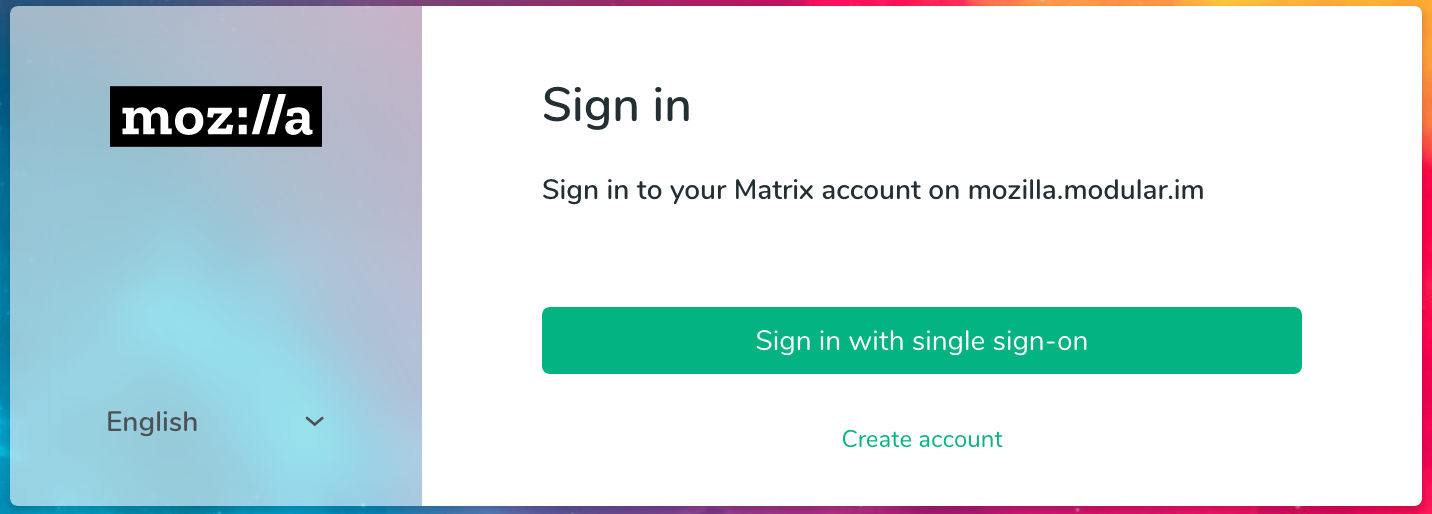Outdated documentation
This documentation has been kept for posterity but might be or will be outdated. It should not be used anymore. Please head to the documentation section for up to date documentation and guides.
Client Developers' Guide to Supporting SSO
What is Single Sign-On?
Single Sign-On allows users to easily connect to services if they’re already signed into another umbrella account. This document describes how to use the SSO client login flow to enable SSO in a Matrix Client you are developing.
When to use it
The first thing to do, as soon as you have the homeserver for the user, is to
make a GET query to /_matrix/client/r0/login on the homeserver. Most
commonly, the response will be:
{
"flows": [
{
"type": "m.login.password"
}
]
}
In which case you proceed with password authentication as normal. If the response is:
{
"flows": [
{
"type": "m.login.sso"
},
{
"type": "m.login.token"
}
]
}
Then you know you will begin the SSO client login flow.
Handling SSO
In this case, you should render some UI to tell the user to start SSO login. For example, on https://chat.mozilla.org the screen looks like:

When the user clicks/taps to start, open a browser or in-app browser with the
url <homeserver>/_matrix/client/r0/login/sso/redirect?redirectUrl=<your app url>.
Now, the login process is out of your hands.
/_matrix/client/r0/login/sso/redirect will trigger a 302 redirect chain
through whatever SSO login mechanism the server offers the user. When they pass
through this successfully, they will be eventually redirected to <your app url>/?loginToken=<some login token>. If the user does not auth successfully,
they will be informed in the browser.
You will read the loginToken parameter from this response, and use it to login
with the token-based login flow
, thus obtaining
a mxid, access_token and device ID.
